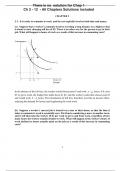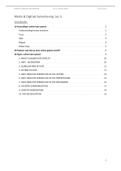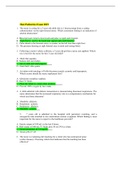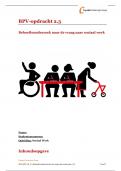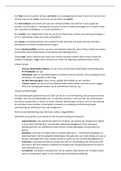Examen
Solutions for Labor Economics, 9th Edition by George Borjas
- Grado
- Institución
Complete Solutions Manual for Labor Economics, 9th Edition 9e by George Borjas. Full Chapters Solutions are included - Chap 1 to 12 Chapter 1: Introduction Chapter 2: Labor Supply Chapter 3: Labor Demand Chapter 4: Labor Market Equilibrium Chapter 5: Compensating Wage Differ...
[Mostrar más]
